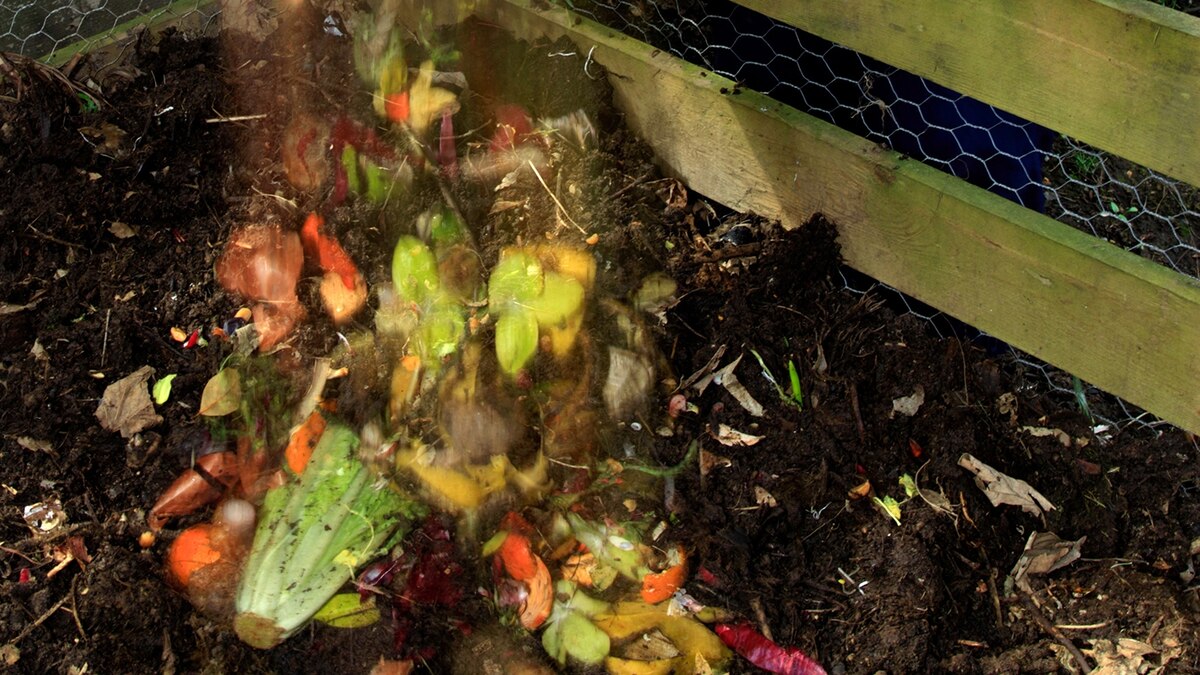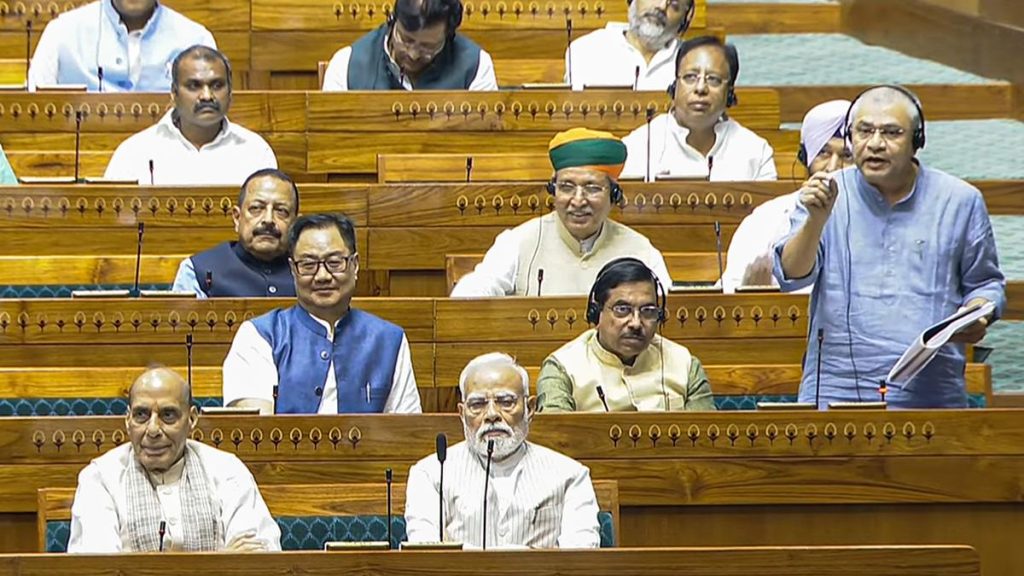Now Reading: Apartment Composting Made Easy: Odor-Free Tips
-
01
Apartment Composting Made Easy: Odor-Free Tips
Apartment Composting Made Easy: Odor-Free Tips

Quick Summary
- Composting Basics: Defined as “nature’s way of recycling” by the EPA, composting involves microorganisms breaking down organic materials into fertilizer, reducing landfill waste and enhancing soil quality.
- Environmental Benefits: Utilizing compost improves soil fertility, retains water and nutrients, suppresses plant diseases, and reduces methane emissions from decomposing food waste in landfills (methane contributes significantly to climate change).
- Nutritional Impact: compost-grown produce is often more nutritious than crops grown without it (supported by a 2023 study).
- Apartment Composting Tips:
– Collect organic matter like food scraps or hair but avoid certain items like animal waste or glossy paper.
– Store scraps in the freezer to prevent decomposition and odor; inexpensive methods include using plastic bags or containers.
– Full bins can be dropped off at farmers markets, grocery stores with compost stations, or community gardens. Paid services for pickup are also available.
– High-tech home compost bins are available but can be costly.
- Community Initiatives: Residents can advocate for local government programs or organize communal composting spaces. Community efforts increase participation and support for larger citywide programs.
Indian Opinion Analysis
Composting emerges as an meaningful practice in environmental conservation due to its dual effects on mitigating global warming by reducing methane emissions while providing nutrient-rich fertilizers beneficial for agriculture. The growing emphasis on apartment-amiable methods highlights scalability even in urban settings where outdoor spaces are limited-a crucial factor given India’s rising urban population.
India’s burgeoning agricultural economy could benefit directly from increased access to high-quality natural fertilizers produced via widespread adoption of community composting initiatives. moreover, reducing reliance on chemical fertilizers aligns with sustainable farming practices which have been gradually gaining traction across India.
Local governments may consider integrating smaller-scale community-led projects into broader waste management reforms already underway-potentially improving public engagement on ecological issues while addressing gaps in existing systems such as landfill overflows that plague several urban areas. Given India’s significant contribution to global greenhouse gas emissions through increasing urbanization trends combined with high food production rates,advancing accessible and culturally inclusive modes of composting could hold strategic long-term value.

























